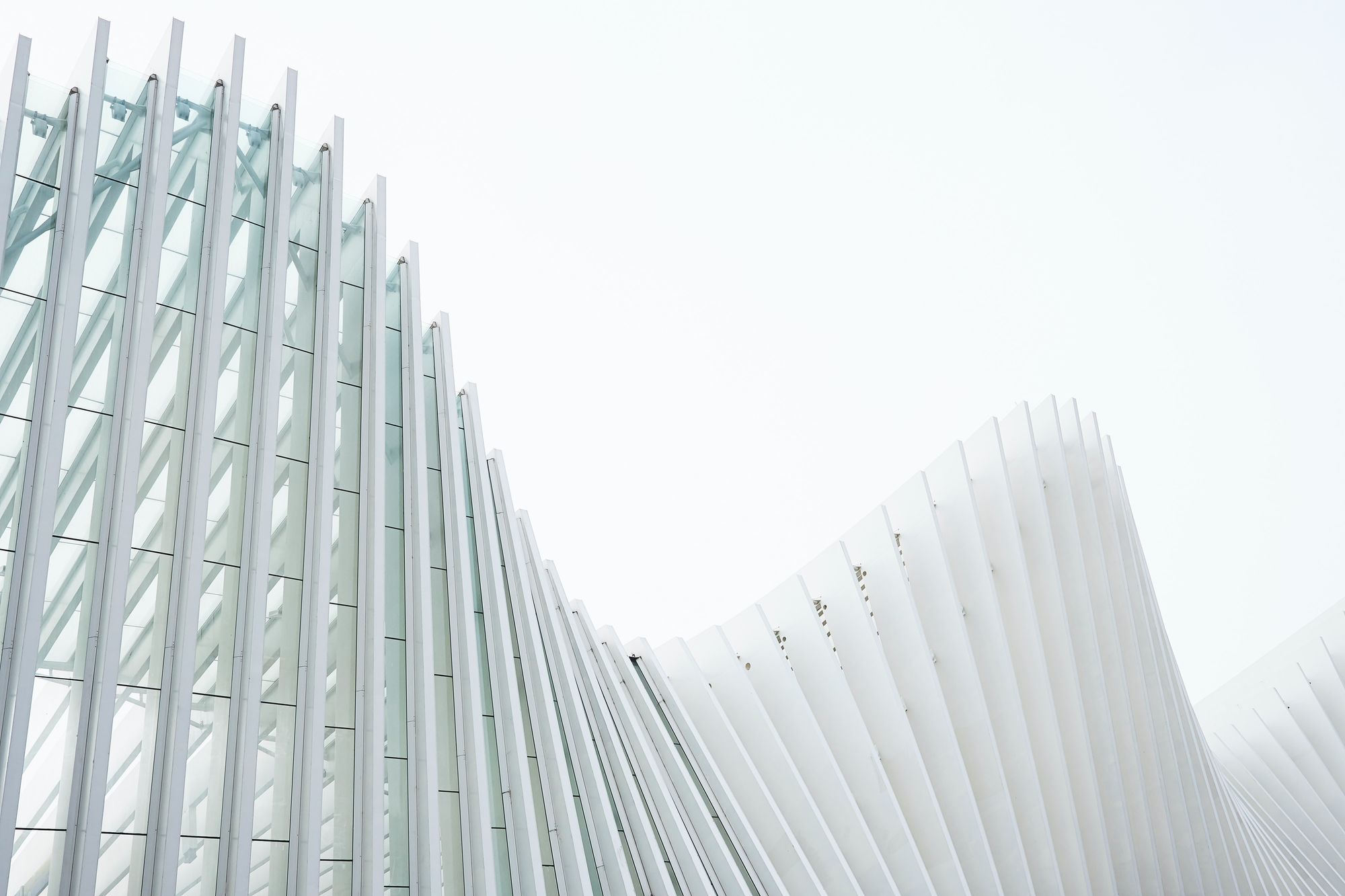
What are the Risks of Investing in Art?
High net worth individuals are spending more than ever on arts and antiques. In the first half of 2021, the average art investor spent $242,000 on the art market, a 42% jump from 2020. But these days, art investing isn’t just for the rich. Look around at some recent headlines and you’ll see just how valuable artwork can be.
Art has become a popular alternative investment because its value isn’t tied to the stock market. While it’s true that there’s no direct connection, there is however an indirect relationship. When the stock market is soaring, investors have more disposable income. In turn, there’s an increase in the purchase of art and other collectibles.
On the other hand, when the stock market isn’t doing so well, investors have less disposable income. This has a negative impact on the art market.
As art becomes a more popular alternative investment for those seeking long-term appreciation, it’s important to remember that it’s like any other investment. There are all sorts of risks and expenses to be aware of.
The art market can be a black box
There’s a wealth of information when it comes to trading assets like stocks, bonds, currencies, and commodities. That’s the benefit that the public markets offer. However, the same can’t be said for art. While there is some information available, there’s very limited in-depth data as these transactions are typically private sales. This makes it hard to know whether you’re making a sound investment or what the overall interest level in the market might be.
Aside from the lack of information, it can also be hard to find comparables (comps) when considering an art investment. If a comparable piece of art appraised at $15,000, it doesn’t necessarily mean that the one you own will appraise for the same amount. There’s a lot that goes into valuing art, including the condition, whether it’s an original, rarity, and so on.
The art market is fickle
Like music and fashion trends, art goes in and out of style. The market has different cycles and trends, many of which are extremely hard to predict. Artists that are in high demand now may lose their appeal within a matter of months. In turn, the value of their work quickly plummets.
Even the most prominent artists and artwork have value shifts. This is why it’s important to thoroughly research the art market. However, there isn’t enough research to know what art will be in high demand years or even months from now.
Be aware that each purchase you make carries unpredictable risk. Your investment could pay off, or it could backfire.
Counterfeits are a real concern
In today’s world, the risk of counterfeit art has never been more real. The collectible market is flooded with counterfeit items, and unless you’re well versed in the nuances, it’s all too easy to fall into this trap.
While the risk is high, there are some ways to avoid getting duped, including:
- Examining the certificate of authenticity
- Studying the artist’s style and signature
- Research the edition number
- Smell the canvas (fraudsters love to use black tea to create an “aged” look)
- Check the materials (ie. what’s used should match the time in which the art was created)
- Avoid “one-time” special sales
Counterfeits are everywhere, so it’s important to take every precaution possible. If you’re unsure about a piece of art or if you want peace of mind before buying, consult with an art dealer or a well-known art investor.
Storing art isn’t cheap
Art is a long-term investment. You buy art and then wait for the value to rise for years and years. In the meantime, you can’t simply hang the artwork on your walls. Instead, it must be properly stored to preserve its condition.
There are several environmental factors that can damage artwork and reduce its value. This includes things like sunlight, humidity, dust, heat, and cold.
To protect your art, it should be stored in a specialized facility that maintains the perfect storing environment. But be aware that these facilities, such as freeports, come at a high cost. Some collectors pay thousands of dollars each month to store their art in a climate-controlled environment.
Insurance is a consideration
Being diligent about how and where you store your artwork is important. But, just because it’s being kept in specialized storage doesn’t mean that it’s safe. There’s always the risk of accidents, damage, and theft.
To best protect your investment, you’ll need to insure each piece of art that you purchase. The cost of art insurance is dependent on several factors, including:
- Type of art
- Price/value of the art
- Collection size
- How and where it’s being stored
On average, you can expect to pay $1 for every $1,000 the art is worth. So if you have a painting that’s projected to be worth $200,000, you’ll pay around $200 each year for insurance.
Tax obligations
When you’re ready to sell your artwork, be prepared to pay capital gains tax. However, unlike other investments, you don’t make money by investing in collectibles. You only benefit monetarily once the art is sold. And even then, you’re banking on the art appreciating. If it doesn’t sell, or if it sells at a lower price than what you paid, you’ll be at a loss.
As alternative investing becomes more popular, there’s a growing investor interest around the art markets. While investing in art can be lucrative, there are no guarantees. Be aware of the many risks associated with art investing before deciding it if is the best option for you.